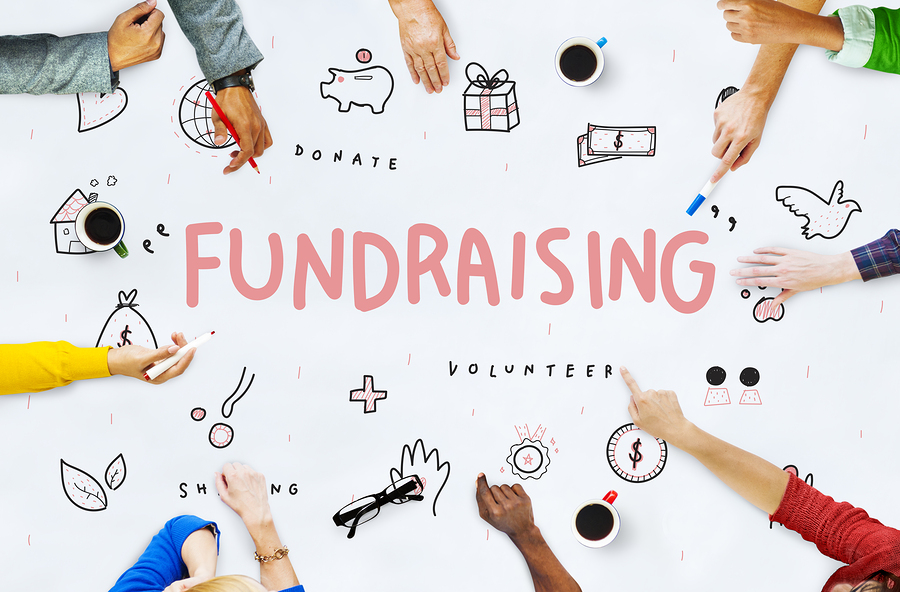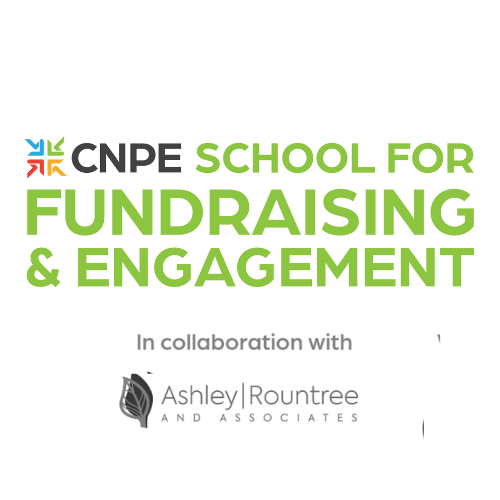Nonprofit Agency: Exactly How to Optimize Your Impact with Professional Advice
Nonprofit Agency: Exactly How to Optimize Your Impact with Professional Advice
Blog Article
The Role of Neighborhood Interaction in Nonprofit Fundraising: Structure Lasting Relationships for Lasting Support
Neighborhood involvement is significantly acknowledged as a critical part of successful not-for-profit fundraising. By fostering authentic connections with local stakeholders, organizations can cultivate count on and commitment, which are crucial for lasting assistance. However, the techniques and approaches employed to engage communities differ widely, increasing essential questions about effectiveness and impact. What are the most effective techniques for cultivating these important links, and exactly how can nonprofits gauge their success in this arena? Understanding these dynamics might considerably influence the future of fundraising initiatives and the general objective of nonprofit organizations.
Comprehending Community Involvement
Area involvement is an essential element of successful nonprofit fundraising efforts. It describes the strategies and tasks that organizations use to link with their local neighborhoods, fostering connections that are equally beneficial. Understanding area interaction entails identifying its multifaceted nature, that includes cooperation, participation, and outreach. Nonprofits should identify essential stakeholders-- such as neighborhood participants, regional organizations, and other organizations-- to create reliable interaction techniques.
Efficient neighborhood involvement is based on active listening and responsiveness to the demands and interests of the community. This procedure involves getting comments, comprehending area characteristics, and making sure that the organization's objective straightens with neighborhood top priorities. Involving the community can take numerous types, including public conferences, volunteer chances, and partnership initiatives, each developed to encourage participation and investment in the organization's objectives.
Moreover, neighborhood engagement need to be approached as an ongoing dialogue instead of an one-time initiative. By promoting a comprehensive setting where community voices are heard and valued, nonprofits can build a solid structure for future fundraising endeavors. Eventually, a deep understanding of community interaction empowers companies to develop genuine links that boost their total effectiveness and sustainability.
Advantages of Solid Relationships
Strong partnerships developed through community interaction return many advantages for nonprofit fundraising initiatives. Firstly, these relationships foster trust and integrity, vital parts in motivating benefactors to add. When possible fans see a nonprofit proactively associated with their area, they are extra most likely to rely on its goal and impact.

Additionally, these relationships promote effective interaction. Nonprofits can utilize their connections to share tales of impact, updates, and requires, ensuring that fans remain educated and engaged. This open line of communication not just reinforces bonds but additionally encourages referral promotion, increasing the not-for-profit's reach.
Last but not least, solid community connections can bring in brand-new partners and enrollers. Businesses and individuals are much more likely to straighten with organizations that demonstrate purposeful area participation, supplying extra resources and support that can significantly boost fundraising abilities. Thus, cultivating durable partnerships via area involvement is important to a not-for-profit's long-term fundraising success.
Strategies for Reliable Involvement
How can nonprofits efficiently engage their neighborhoods to enhance fundraising efforts? Creating targeted methods is important for cultivating meaningful connections. Initially, leveraging social media platforms allows companies to share their goal dynamically and interactively, reaching a more comprehensive target market. Normal updates, engaging web content, and calls-to-action can galvanize neighborhood passion and engagement.
2nd, organizing neighborhood events, such as workshops, volunteer opportunities, or fundraising drives, facilitates face-to-face interaction, allowing nonprofits to display their influence and initiatives. These events not only raise funds yet likewise grow partnerships and enable neighborhood participants to engage straight with the reason.
Third, implementing customized communication methods can boost involvement. Customizing messages to specific benefactor sections based upon interests and past payments cultivates a sense of belonging and financial investment in the organization's goal.
Last but not least, developing partnerships with regional companies and area leaders can enhance outreach efforts. Collective initiatives can improve presence and trustworthiness, demonstrating a collective dedication to the community's well-being. By integrating these methods, nonprofits can develop lasting partnerships that improve fundraising initiatives and drive lasting assistance.
Determining Engagement Success
While involving the area is essential for successful nonprofit fundraising, determining the performance of you could try these out these involvement initiatives is similarly crucial. Developing clear metrics allows organizations to analyze exactly how well they are getting in touch with their audience and accomplishing their fundraising goals. Secret efficiency indicators (KPIs) such as benefactor retention prices, volunteer involvement levels, and engagement on social networks platforms provide concrete data for assessment.

Routinely assessing these metrics makes it possible for companies to pivot their strategies when essential, ensuring that neighborhood involvement remains aligned with their general mission. In addition, find more information sharing these results with stakeholders fosters transparency and constructs count on, motivating more area involvement. Inevitably, a durable measurement framework not just informs future fundraising efforts but additionally strengthens the connection in between the nonprofit and its supporters, laying the groundwork for sustainable success.
Study in Neighborhood Influence
Numerous study highlight the internet extensive influence that community engagement can have on not-for-profit fundraising success. One notable instance is the "Food for Thought" initiative, where a local food financial institution partnered with colleges and services to host community dinners. These occasions not only increased funds yet also promoted a feeling of belonging among individuals, substantially raising donor retention rates.
An additional engaging case is the "Eco-friendly Spaces Task," which included neighborhood residents in the revitalization of metropolitan parks. This campaign not only garnered financial backing from neighborhood companies but additionally grew a volunteer base that added to ongoing upkeep and programs. The feeling of ownership and pride among neighborhood members converted into continual contributions.
In the realm of arts, the "Art for All" project successfully involved local musicians and customers to develop collective art setups, bring about increased exposure and contributions for a neighborhood arts not-for-profit.
These instances highlight that when nonprofits prioritize neighborhood participation, they can produce enduring relationships that enhance fundraising efforts, making sure lasting assistance and cultivating a lively community society. Such cases demonstrate that community involvement is not merely a technique but an important column of nonprofit success.
Conclusion
Finally, area involvement is important to the success of not-for-profit fundraising initiatives. By cultivating strong partnerships with neighborhood stakeholders, organizations improve depend on and integrity, causing boosted contributor retention and commitment. Applying effective involvement techniques and gauging their impact ensures that nonprofits can flourish and adapt. Inevitably, a robust foundation of community support not only enhances fundraising possible however additionally grows a society of partnership, important for attaining lasting organizational goals and sustaining purposeful impact.
Nonprofits need to recognize essential stakeholders-- such as area members, neighborhood businesses, and various other organizations-- to create efficient engagement approaches.

In conclusion, neighborhood engagement is integral to the success of not-for-profit fundraising efforts.
Report this page